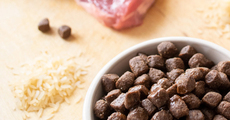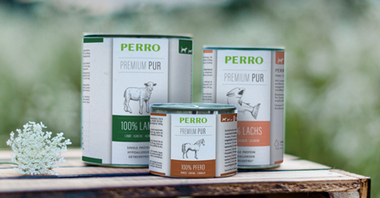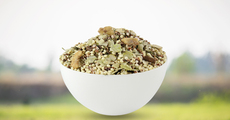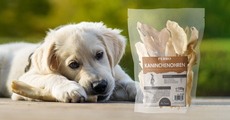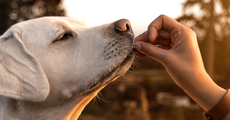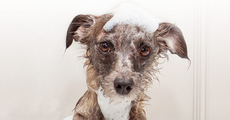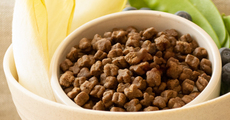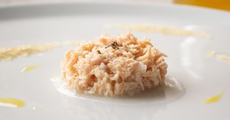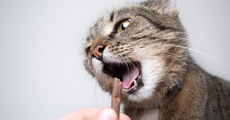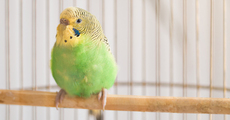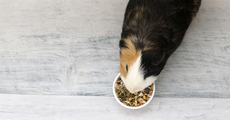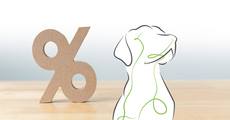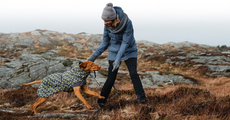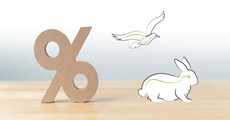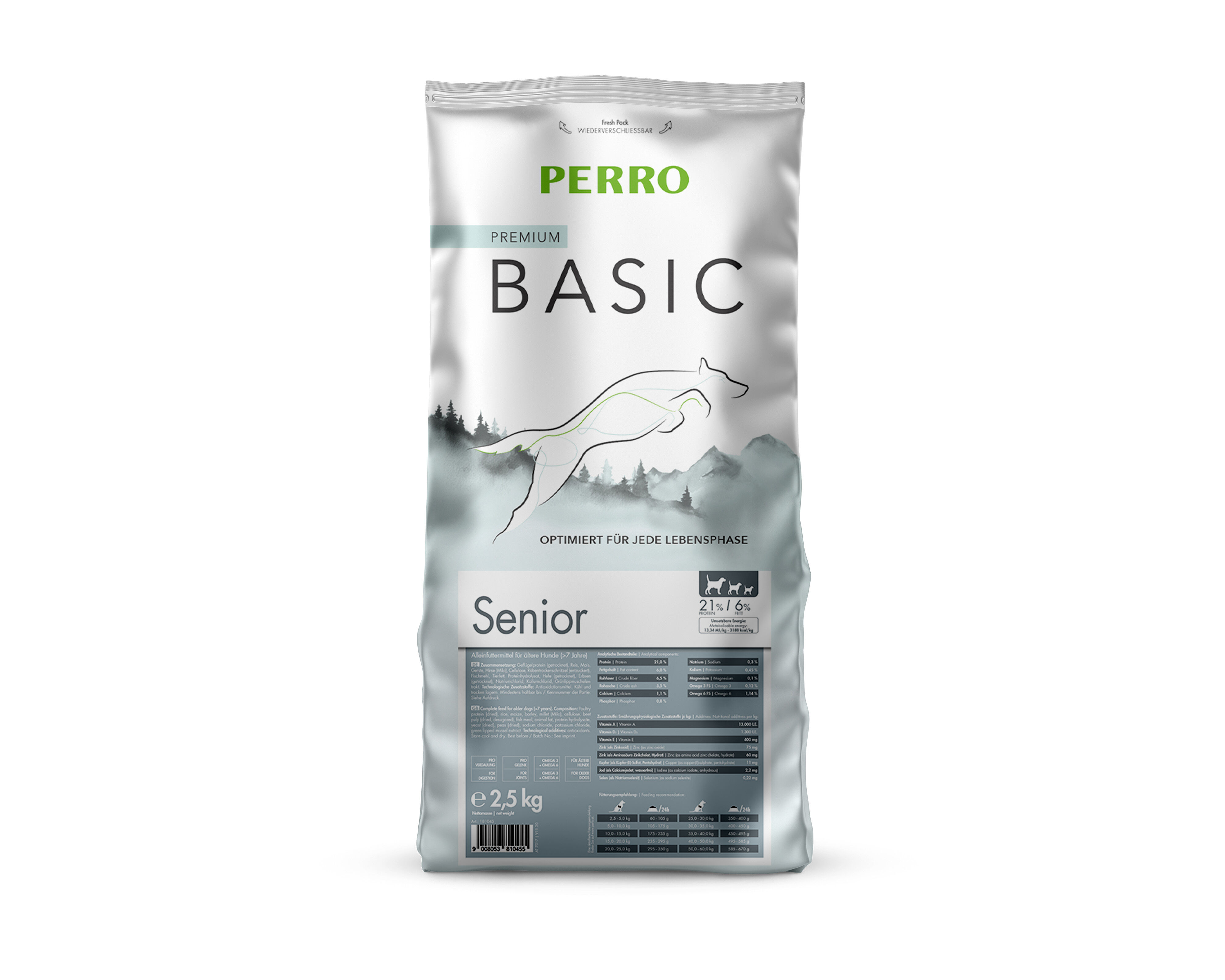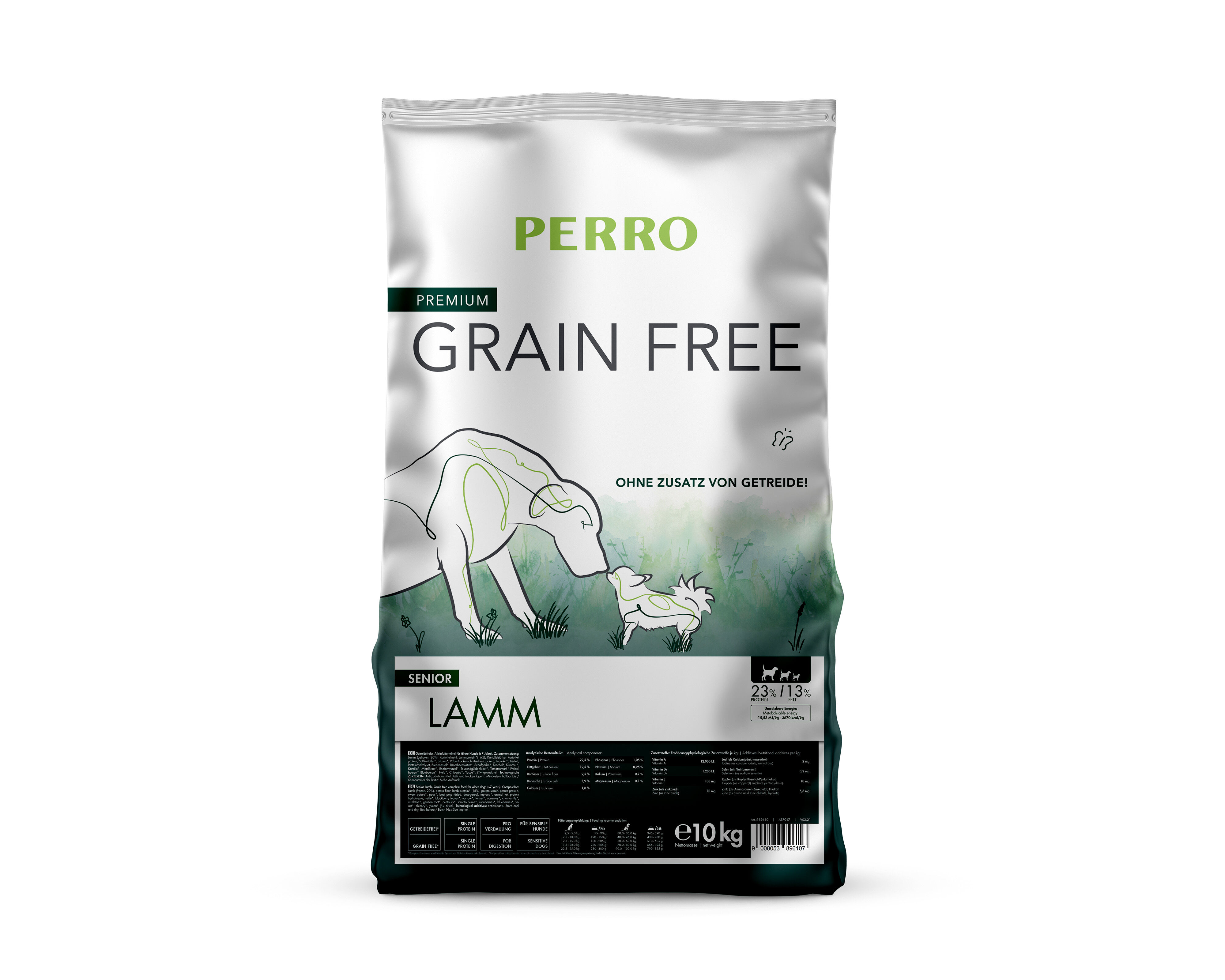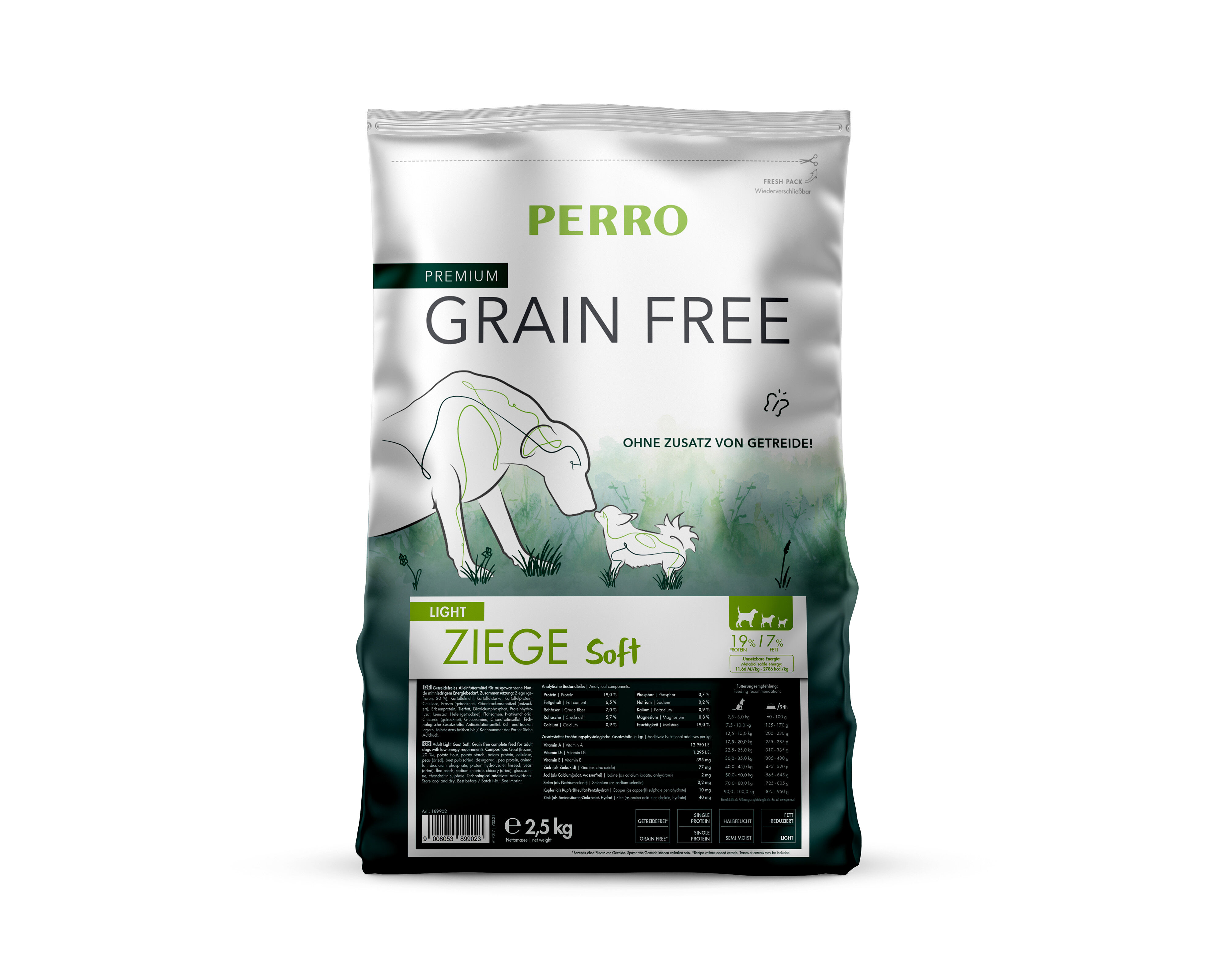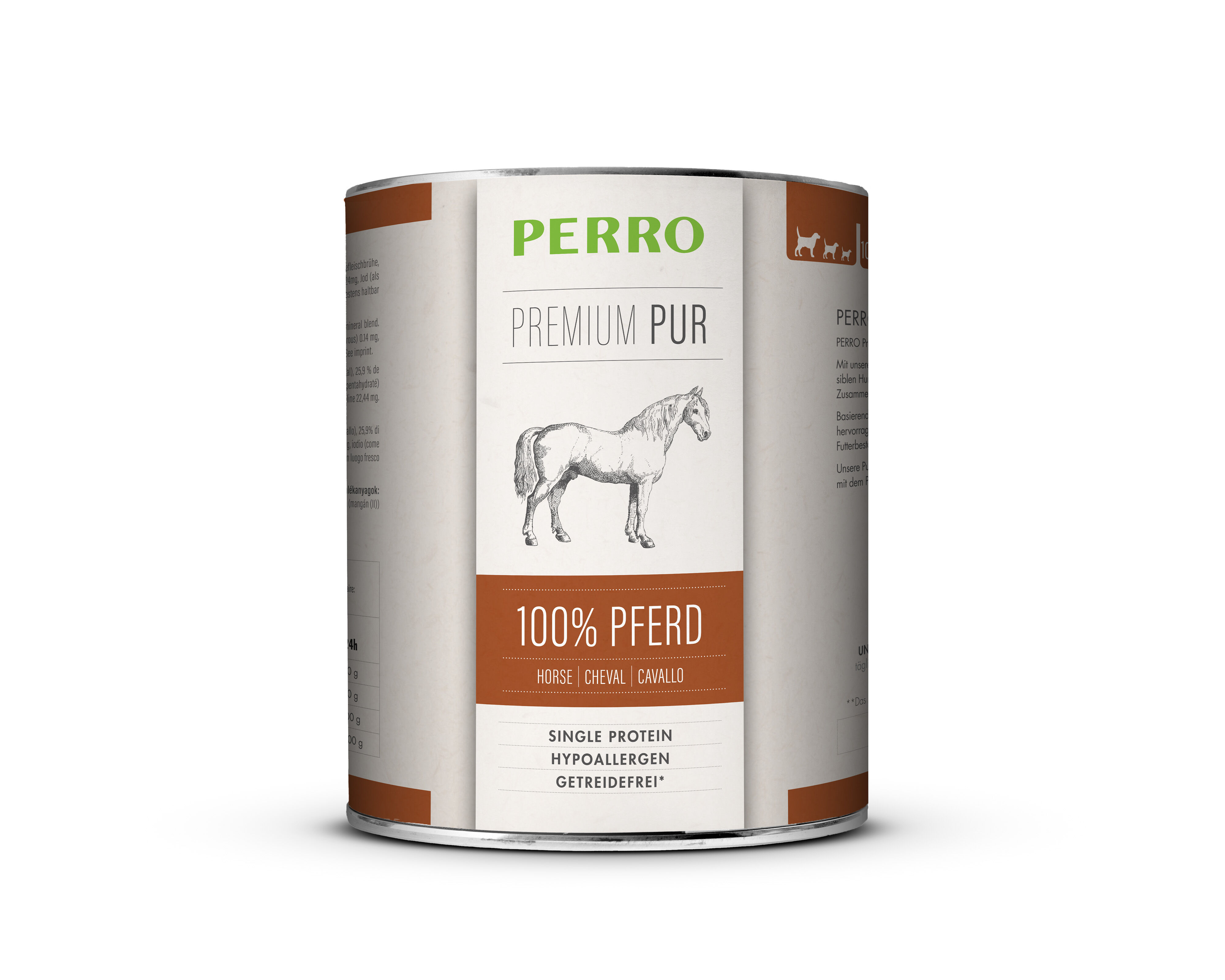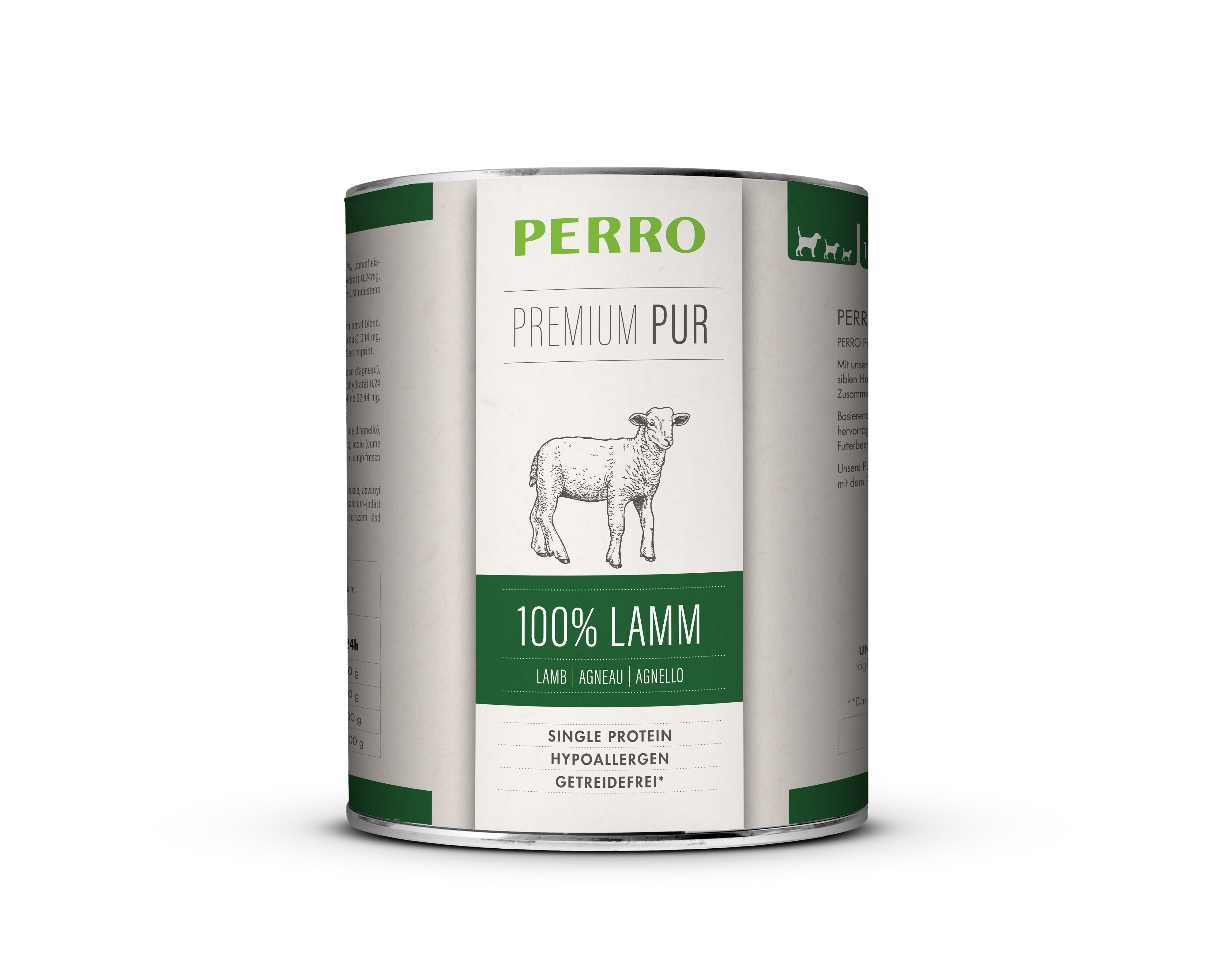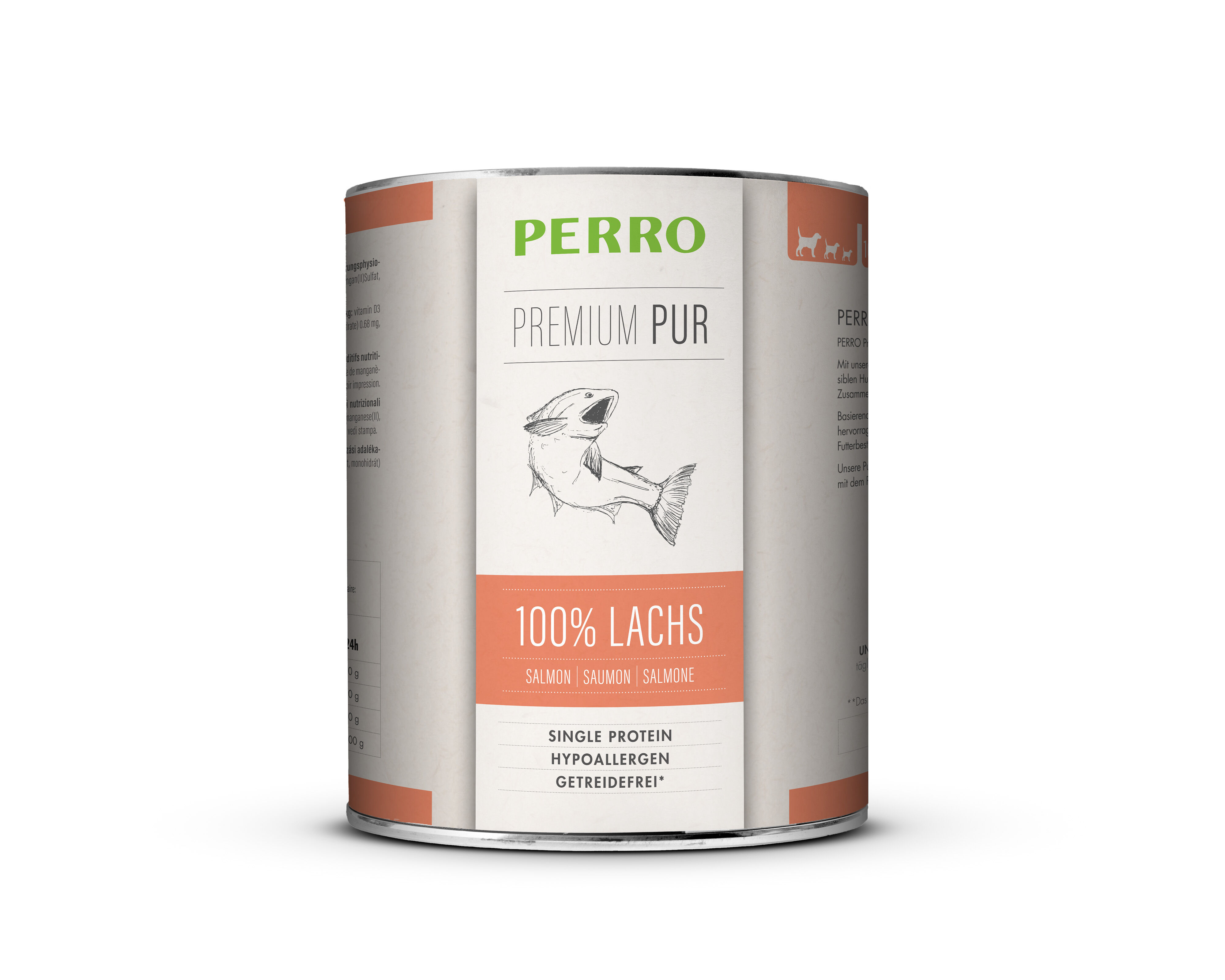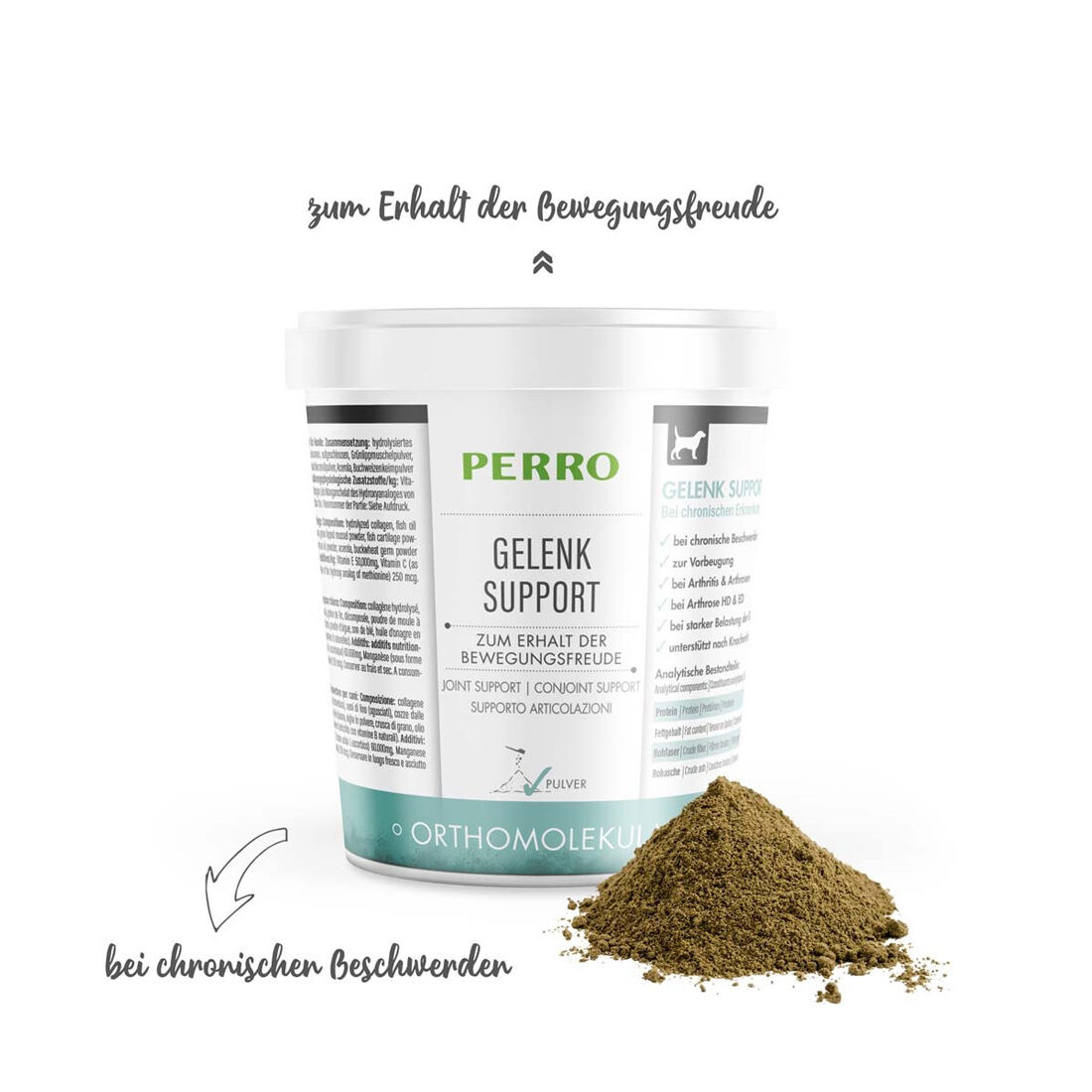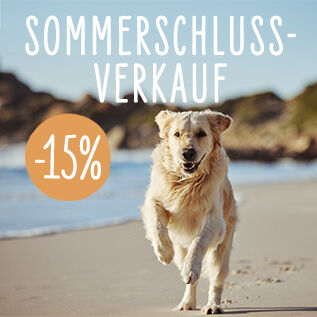Feeding old dogs properly
A loyal companion of many years deserves only the best. The demands of our four-legged friends change with age. Whether it's food or everyday life - there are many ways to support seniors and give them a pleasant retirement.
When is a dog old?
This depends on various factors. However, an important indicator is the size of the dog. Smaller breeds usually live longer and are considered seniors from an average age of about 10 years. Dogs of large breeds, on the other hand, are often pensioners from the age of 7.
As soon as you notice changes in the dog's behavior, such as an increased need for sleep, a decreasing urge to move, or weight gain, these can be signs that you should change the dog's food to senior products.
Why do you have to feed old dogs differently?
Similar to humans, the muscles of old dogs break down and the fat content increases. In addition, they usually move less and therefore have a lower energy requirement than younger dogs. Certain diseases, organic problems and signs of wear and tear occur more frequently with age. With a diet tailored to old dogs, diseases can be prevented or existing problems can be mitigated.
Especially overweight is often an issue with old dogs, because it can be a trigger for many other complaints and diseases. On the other hand, too little weight weakens old dogs especially. Therefore, a food adapted to the needs of the old dog is essential.
What changes does the food have to adapt to in older dogs?
One thing first: of course, the aging process and the challenges associated with it are individual and food alone is only one of many adjusting screws.
However, dogs with certain problems or diseases benefit enormously from a food adapted to their needs. With the right diet, you can demonstrably increase the well-being of an old dog.
Common problems and diseases in old dogs:
- Obesity
- Joint problems and arthrosis
- Underweight
- Decrease in tooth quality
- Heart failure (cardiac insufficiency)
- Cushing's disease
- Diabetes mellitus (diabetes)
- Cataracts (clouding of the lens) and glaucoma (increase in intraocular pressure)
- Kidney disease
- Urinary weakness (incontinence)
- Decrease or loss of hearing
- Senile dementia
What should be in senior food?
The ingredients of a good and healthy food for old dogs are easily illustrated:
- Generally low in fat and calories
- High-quality and easily digestible proteins
- High-quality and easily digestible dietary fibre
- Appropriate proportions of vitamins, minerals and trace elements
- Supportive substances for joints, musculoskeletal system, teeth and immune system
5 quick tips for happy senior dogs
| 1.Veterinary check-ups: Regular preventive examinations for early detection of diseases increase the chances of recovery or can at least mitigate the course of the disease. |
| 2. Adapt daily routine: Physical activity is still important. Perhaps the walks are shorter now but more frequent, because the dog gets tired more quickly or has to go out more often because he has to do his business more often. |
| 3. Longer rest and sleep times: Older dogs rest and sleep up to 20 hours. A rest area as a retreat and for sleeping is especially important for dog boarders. |
| 4. Observe closely: Even small changes can indicate that the dog is not feeling well . Be attentive and seek veterinary advice if necessary. |
| 5.Make everyday life easier: There are many articles such as boarding aids for the car or special orthopaedic dog beds that make everyday life easier for old dogs. |
The right food for old dogs
Despite different challenges: some feeding recommendations apply to most old dogs:
1. Prevent overweight - aim for ideal weight
The focus should be on the ideal weight, especially for old dogs. Because both overweight and underweight are an enormous burden for senior dogs.
Overweight: Older dogs are usually more comfortable, sleep more and their metabolism slows down . This reduces their energy requirements. As a result, the energy requirement decreases. Anyone who now thinks that reducing the previous food is enough should be warned ! This would mean that the dog would only get part of the necessary nutrients (vitamins, minerals and trace elements)!
This is exactly why a suitable senior food is so important: it contains less fat, more fibre and an adapted ratio of vitamins, minerals and trace elements to optimally support the well-being of the pensioner.
Underweight: Very old dogs in particular often lose weight and are then very fragile and vulnerable. Very often there are medical reasons behind this, which must definitely be clarified by a vet. For example, toothache or diseases of the internal organs, which are often accompanied by loss of appetite or nausea. Accordingly, the senior eats less and loses more and more weight. After appropriate clarification by the vet, very high-energy food can then help to put the dog back on its feet. If you have previously fed dry food, you can also try to motivate the dog to eat with wet or soft food.
2. Lubricate joints
With age, many dogs show signs of wear and tear. Factors such as injuries, overweight or the generally reduced elasticity of the joint cartilage in old age favour the development of painful changes in the cartilage. Certain additives in the feed can provide relief here. Such as the green-lipped mussel, whose superpower is the formation of new cartilage mass and the positive influence on the supple consistency of the joint fluid. This can prevent or alleviate painful changes in the joints, and sometimes even regenerate them.
Tip: As the positive effect of green-lipped mussels has also been scientifically proven, we at PERRO use this in many of our products. In addition, with PERRO Pro Gelenk we offer an outstanding supplementary feed that can be given as a preventive measure to keep the joints healthy for as long as possible.
3. Support the intestinal flora
Adiet rich in dietary fibre is of great importance for old dogs. With age, the intestines also become sluggish. The food then remains longer in the intestinal convolutions, where it is dehydrated. As a result, the intestinal contents become firmer, which can lead to problems when defecating - especially if joint or back problems are also present. In the worst case, this can lead to life-threatening constipation.
Dietary fibres swell in the intestine, bind water and thus improve intestinal activity and faeces consistency. They also have a prebiotic effect, i.e. they nourish the microbiome (also called intestinal flora) and thus also strengthen the immune system at the same time. In addition, dietary fibres reduce flatulence, which often plagues old dogs.
Tip: For dietary fibre to swell in the intestines, the dog must drink enough. If the dog does not drink enough by itself , water can be added to the dry food.
STRENGTHENING THE IMMUNE SYSTEM OF OLD DOGS
Protection
As dogs age, their immune systems work more slowly and less efficiently, and they become more susceptible to infection and disease.
Nutrients
To strengthen the defenses, the dog needs an increased nutrient intake e.g. B vitamins, zinc and antioxidants.
Dietary fiber
And again, the higher Dietary fiber content is an important player. That's because most pathogens enter the body through a into the body through a weakened body and a strong microbiome is also a strong.
4. Keeping an eye on dental health
As is often the case with dental health, prevention is better than cure. That's why it's a good idea to pay close attention to your dog's teeth before he reaches senior age. Tartar is a particularly common problem in old dogs, which if left untreated can lead to painful gingivitis, gum recession and tooth loss.
Various chewing articles for dogs can provide relief here. But here too, caution is advised: Popular chews such as pig's ears, dried rumen or oxen pizzle are not suitable for old dogs because of the hard-to-digest protein, which puts too much strain on organs such as the liver, kidneys and intestines.
Often, however, older dogs no longer find it so easy to eat despite all the dental care measures. Here can help with soft food specially adapted for seniors Soft food or wet food can be a good alternative.
5. Maintaining muscles
Muscles do an important job in the dog's body because they stabilise the entire system. With increasing age and decreasing mobility, the dog's muscles tend to weaken. This in turn makes them more susceptible to injuries. Therefore, even in retirement, light but regular exercise is the order of the day.
During exercise, however, the dog burns up muscle protein and this needs to be replenished in high-quality form. For this purpose, easily digestible proteins with a balanced amino acid pattern are primarily suitable. Because proteins with many amino acids make it possible to cover the needs of an old dog with relatively little protein. This is especially important because too much protein is problematic for older dogs. This is because excess protein places an unnecessary burden on the detoxification organs and it is therefore important to prevent this.
6. Relieving the liver and kidneys
Relieving the detoxification organs is essential for old dogs. Because with increasing age , the organs also becomemore inefficient. Protein plays a central role here. Too much protein is a burden for seniors, because superfluous protein is converted to urea and transported away via the kidneys in the urine. And the liver also has to work at full speed to break down the excess protein.
A vitamin and mineral composition adapted to seniors additionally supports the liver and kidney metabolism. For example, a reduced phosphorus content and a sufficient supply of omega-3 and omega-6 fatty acids are helpful. High-quality dietary fibre also relieves the liver and kidneys (see intestinal health).



